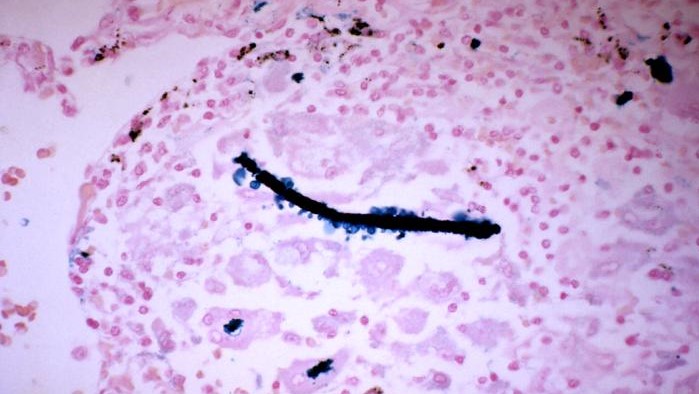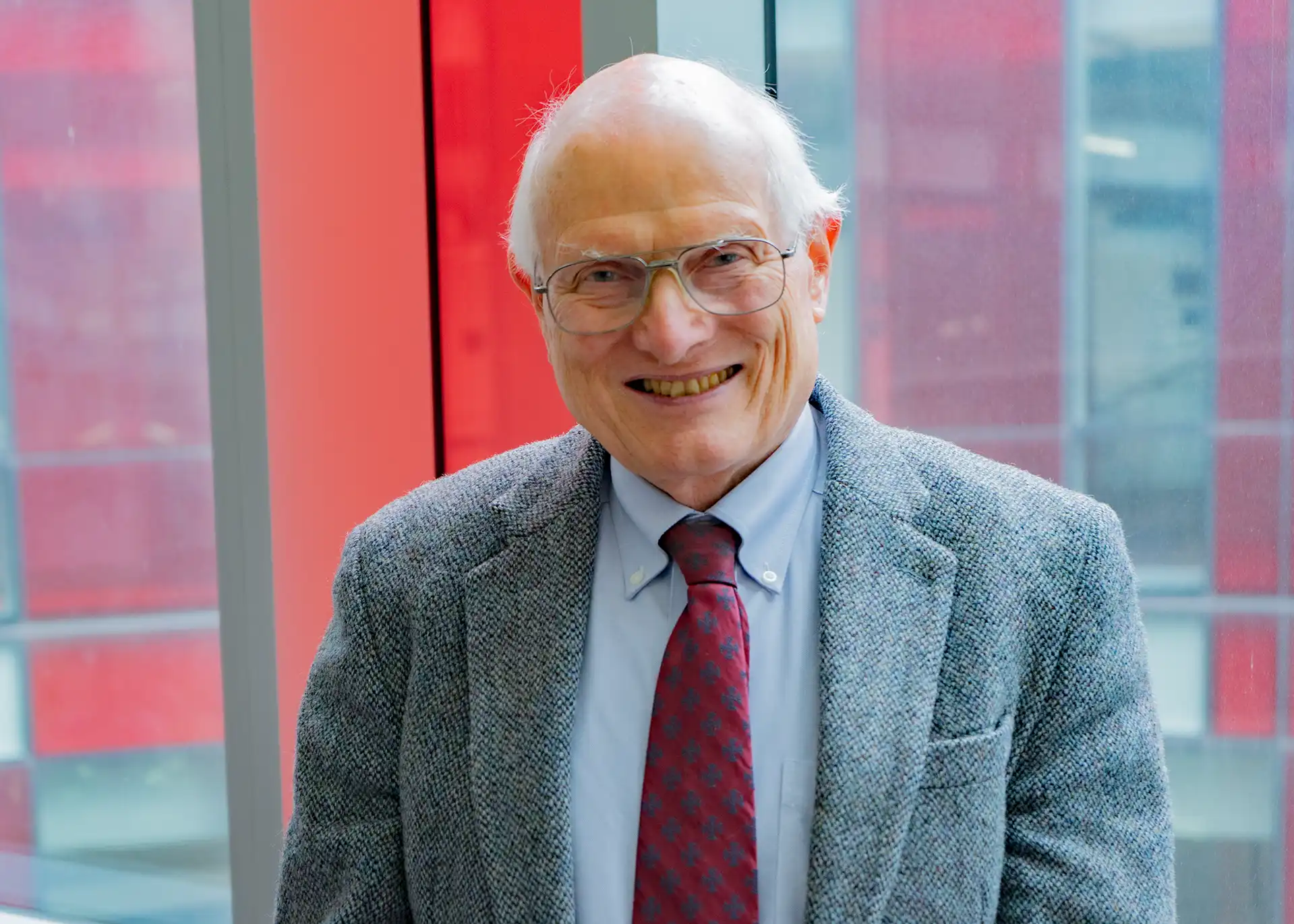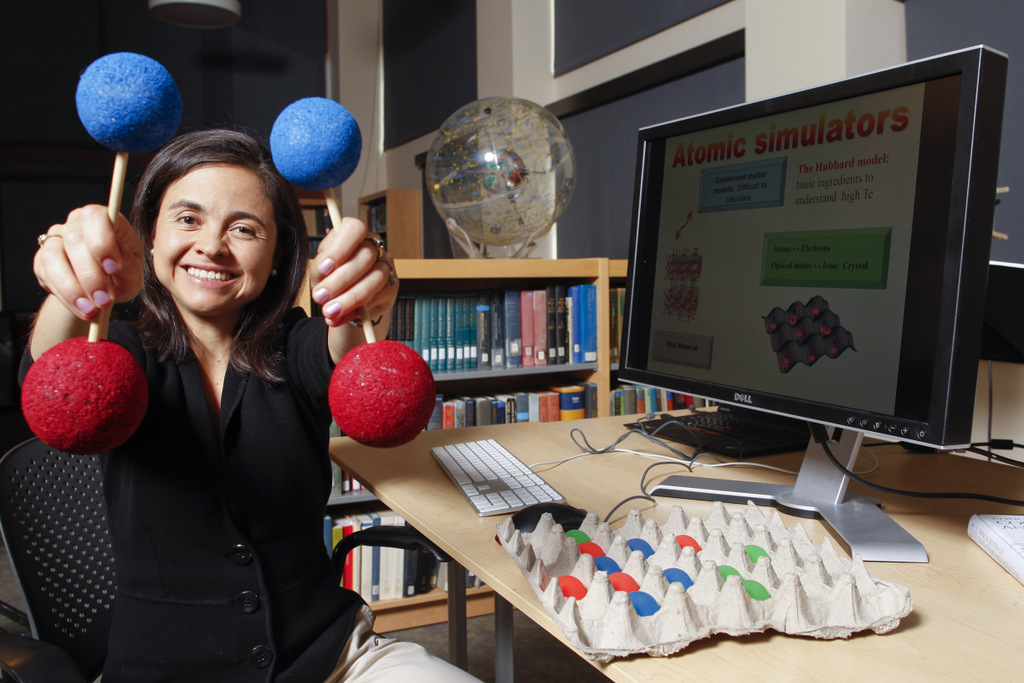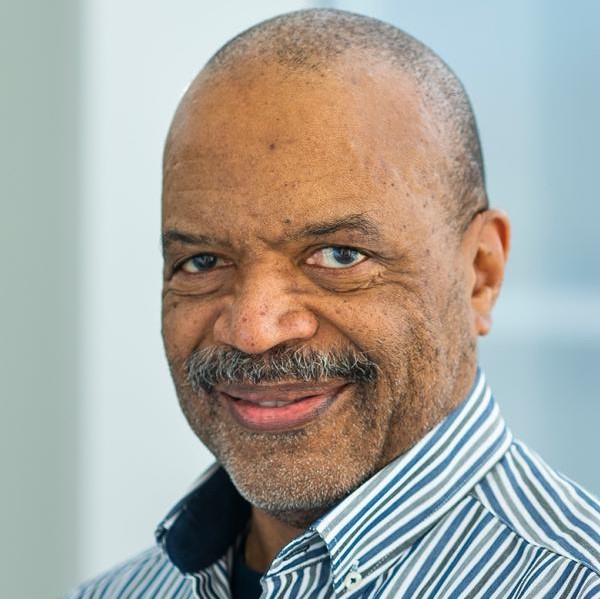New Research Sheds Light on How Mesothelioma Develops
- Details
- Category: Research News
- Published: Thursday, May 11 2023 05:33
Mesothelioma has been a high-profile disease at the center of several multi-billion-dollar lawsuits, but the disease itself remains a medical mystery.
The incurable cancer develops on the lining of many internal organs—including the lungs and peritoneum—but its symptoms are often undetectable until about 40 years after initial exposure to asbestos, a common and naturally occurring mineral. This long latency period, as well as cases of mesothelioma in individuals who have no known exposure to asbestos, has made the disease and its origins a longstanding puzzle to doctors and scientists alike.
Now, an interdisciplinary team of researchers from the University of Maryland may have identified an essential piece of the puzzle. In a paper published online in the journal Environmental Research in January 2023, the team suggests that the key to understanding mesothelioma lies in how immune cells “sense” and interact with particles around them.
According to the new study, the shape and size of contaminant particles, like asbestos fibers, significantly influence how the immune system responds after exposure—ultimately impacting health outcomes. An asbestos fiber (stained blue) in lung tissue being surrounded by macrophages. Image courtesy of the Centers for Disease Control and Prevention.
An asbestos fiber (stained blue) in lung tissue being surrounded by macrophages. Image courtesy of the Centers for Disease Control and Prevention.
“The geometry or size of a particle is more important than its mineral composition when it comes to how likely it is to cause adverse health effects in patients,” explained study co-author and UMD Professor Emerita of Geology Ann Wylie. “Asbestos kicks up an immune response when the immune system is exposed to the right shape and size of particle.”
“We believe that the most dangerous types of fibers—ones that are particularly thin and long—likely cause immune cells called macrophages to recruit other immune cells to asbestos exposure sites within tissue. This response prevents the immune cells from reaching other places where they’re needed, like precancerous lesions,” added study co-author Wolfgang Losert, a professor in the Department of Physics and the Institute for Physical Science and Technology at UMD. “This could cause the immune system to effectively ignore other serious conditions around that organ.”
In a previous study, some members of the research team found that mineral particles with diameters less than 250 nanometers and lengths greater than 5 micrometers were more difficult for the lungs to physically clear out than their shorter counterparts. The longer particles stayed in the lungs longer, further interacting with healthy lung tissues before eventually encountering immune cells like macrophages.
For the new study, the researchers examined particles taken from mineral samples from various geological sites. They found that immune cells used a mechanism called esotaxis to “sense” physical features—such as size, shape and texture—of the particles around them and responded differently to each particle based on that information.
The researchers observed that when macrophages encountered these small and dangerous types of particles (including smaller asbestos fibers), the macrophages “activated” to recruit other immune cells to the site. However, because these longer particles are less able to be removed physically, activated macrophages continue to call for more immune cells to the same site over a long period of time, dominating immune cell communication.
The researchers hypothesize that this eventual “hijacking” of the immune cell migration system would lead to other nearby regions of an infected organ to be neglected because all immune cells are delegated to a single site. As a result, those other tissues would be deprived of the immune system’s healing abilities—a possible explanation as to why many immunocompromised patients can develop mesothelioma even without known exposure to asbestos fibers.
In essence, a particle’s nanotopography—their surface features formed at a nanoscopic level—indirectly controls the internal machinery that allows immune cells to move.
“This response basically overwhelms the immune cell communication system and diverts the body’s own defenses away from where they’re needed,” explained study co-author John Fourkas, a professor in the UMD Department of Chemistry and Biochemistry and the Institute for Physical Science and Technology. “The physical characteristics of a mineral particle can change the behavior of immune cells in the long term, which could be why mesothelioma symptoms take a minimum of 30 to 40 years to manifest.”
The team believes that their theory also applies to mineral particles that are similar in size to carcinogenic asbestos fibers, which could provide more insight into other diseases caused by such particles. With rising concerns about the carcinogenic properties of airborne mineral particles like crystalline silica and carbon nanotubes, additional information about esotaxis and its effects on immune responses could be the key to protection.
“More research about the induction of cancer by minerals is still needed—it’s complicated and requires the expertise of geologists, chemists, physicists and bioscientists,” Wylie said. “But this project and others like it bring us a step closer to figuring out what mechanisms underlie not only mesothelioma but all types of cancer formations.”
###
Original story: https://cmns.umd.edu/news-events/news/size-and-shape-matter-new-research-sheds-light-how-mesothelioma-develops
Additional UMD co-authors on the paper include Shuyao Gu, Abby Bull, Amilee Huang, Matt Hourwitz and Mona Abostate.
The study, “Excitable systems: A new perspective on the cellular impact of elongate mineral particles,” was published in Environmental Research on January 23, 2023.
This research was supported by the National Science Foundation (Award No. PHY2014151). This story does not necessarily reflect the views of this organization.



